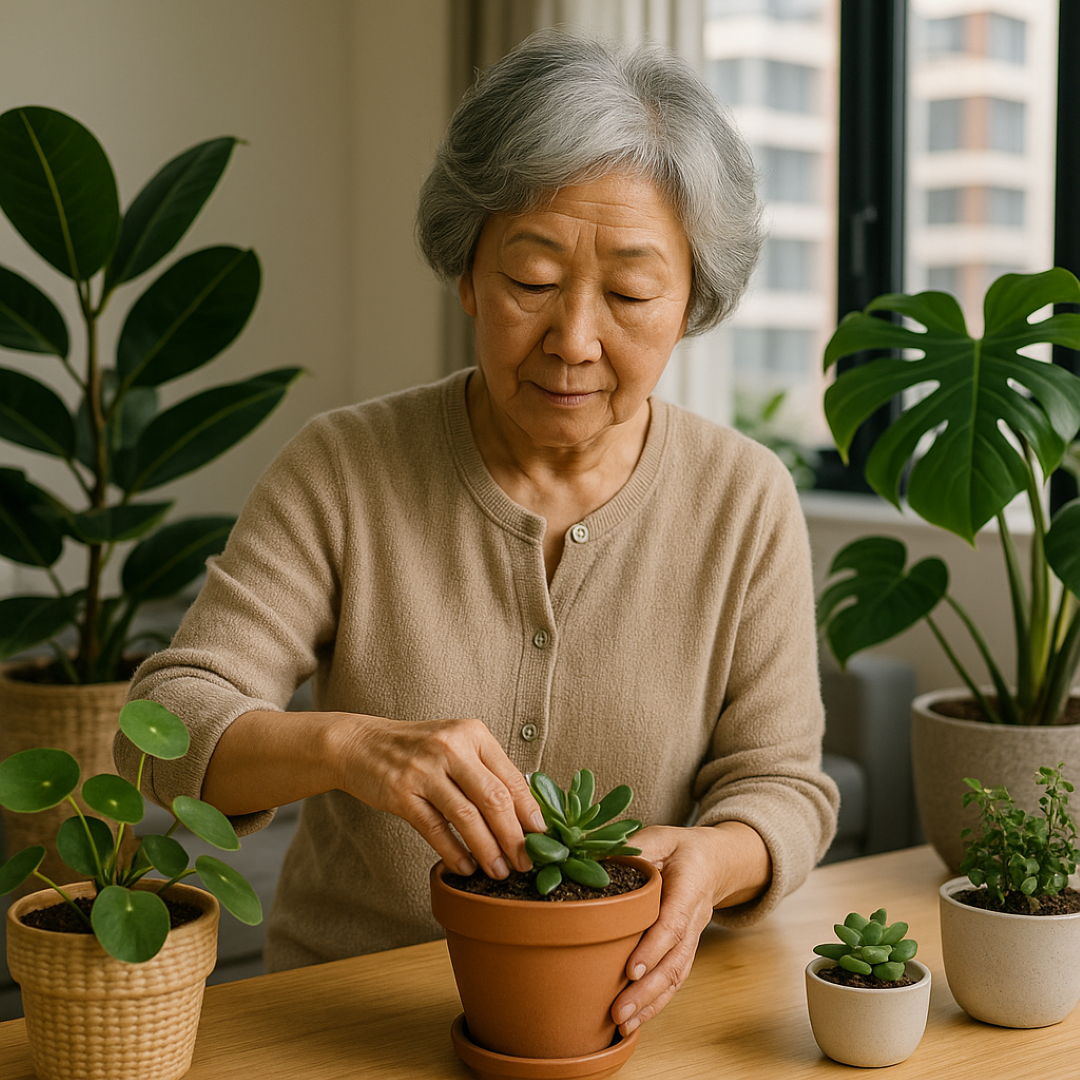Indoor gardening has become more than just a hobby—it’s a lifestyle. A well-chosen plant pot not only enhances your home’s aesthetic, but plays a critical role in the health, growth, and longevity of your plants. From ensuring proper drainage to supporting root development, the right pot choice can make or break your indoor jungle.
Whether you’re a first-time plant parent or someone looking to elevate your plant care game, this comprehensive guide will help you choose the ideal pot for each plant species, based on its biological needs and your interior design style.
Why the Right Pot Matters More Than You Think
It’s easy to fall for a pretty pot and call it a day. But experienced indoor gardeners know that a pot’s function is just as important—if not more—than its form. The right container:
- Prevents root rot by allowing excess water to drain
- Encourages root growth with the appropriate depth and width
- Maintains healthy airflow to avoid mold and bacteria
- Keeps your plant stable so it doesn’t tip or struggle to stay upright
- Supports the plant’s natural development depending on its root system and growth pattern
1. Know Your Plant’s Root System
Understanding how your plant grows below the surface is key to picking the correct pot.
Shallow-rooted plants
Think herbs, succulents, cacti, and some ferns. These species grow outward more than downward and are best suited for wide, shallow pots.
Deep-rooted plants
Examples include fiddle-leaf figs, rubber trees, palms, and snake plants. These need deep pots to accommodate their strong taproots.
Fast-growing root systems
Pothos, monstera, philodendrons, and spider plants tend to outgrow their pots quickly. Choose a pot with some room to grow or plan to repot every 6–12 months.
2. Pick the Right Size
One of the most common mistakes in indoor gardening is choosing a pot that’s too large or too small.
General Rule:
Choose a pot that is 1–2 inches wider in diameter than the current one for smaller plants, and 2–4 inches for larger ones.
Risks of the Wrong Size:
- Too small: roots become compacted and the plant becomes root-bound, stunting growth.
- Too large: soil holds too much moisture for too long, leading to root rot and fungal infections.
3. Prioritize Drainage Above All Else
If a pot doesn’t have drainage holes, it’s a red flag. Drainage is non-negotiable. Without it, excess water accumulates at the bottom, drowning the roots and killing your plant slowly.
Pro Tip:
If you’re in love with a decorative pot that doesn’t have holes, don’t worry. Use it as a cachepot. Simply insert a slightly smaller, well-draining pot inside it. This way, you protect the plant and still get the look you want.
4. Choose the Right Material for Your Environment
Each material has its strengths and weaknesses. Here’s a breakdown:
| Material | Pros | Cons |
|---|---|---|
| Terracotta | Breathable, natural look, ideal for succulents | Dries out quickly, fragile |
| Plastic | Lightweight, retains moisture well | Less breathable, can look cheap |
| Ceramic | Stylish, retains moisture | Heavy, breakable |
| Metal | Sleek, modern aesthetic | Can rust, overheat, no breathability |
| Concrete | Very stable, great for large plants | Extremely heavy, can stain |
| Fabric Pots | Promotes root pruning, breathable | Not always visually appealing |
Consider the climate of your apartment, humidity levels, and how often you water before choosing.
5. Factor in Shape and Stability
Not all pots are created equal when it comes to shape and structure.
- Tall pots are ideal for deep-rooted plants like rubber trees.
- Wide pots are better for spreading plants like ferns and succulents.
- Heavy-bottomed pots are great for top-heavy plants like fiddle-leaf figs to prevent tipping.
- Tapered pots (wider at the top) make it easier to remove and repot the plant later.
6. Aesthetic vs. Function — Find Your Style
Your pot should complement your home décor while serving your plant’s needs.
Match Your Style:
- Boho: Terracotta, woven baskets, macramé hangers
- Minimalist: Matte black or white ceramics, simple lines
- Industrial: Concrete, oxidized metal, geometric shapes
- Scandinavian: Neutral tones, clean shapes, organic textures
- Eclectic: Mix of patterns, colors, playful containers
Don’t be afraid to express your personality through your pot choices—just don’t sacrifice function.
7. Don’t Forget About Airflow and Breathability
Some materials and pot designs don’t allow airflow, which can cause stagnant moisture and mold. That’s why terracotta is loved by succulent growers—it breathes.
If you use non-breathable pots (like plastic or ceramic with glaze), be extra mindful of your watering schedule and soil type.
8. Know When to Repot
Even the best pot won’t last forever if your plant is thriving.
Signs It’s Time to Repot:
- Roots coming out of the drainage hole
- Water runs straight through the pot
- Stunted growth despite proper care
- Soil dries out too quickly or stays wet for too long
When repotting, choose a pot only slightly larger and refresh the soil completely.
9. Final Thoughts: A Balance Between Science and Style
Choosing the right pot is both a science and an art. It’s about understanding your plant’s needs, your home environment, and your personal taste. When all these elements align, not only will your plant thrive—but it will also elevate the ambiance of your living space.
Invest time in choosing the right containers. Your plants—and your home—will thank you.
